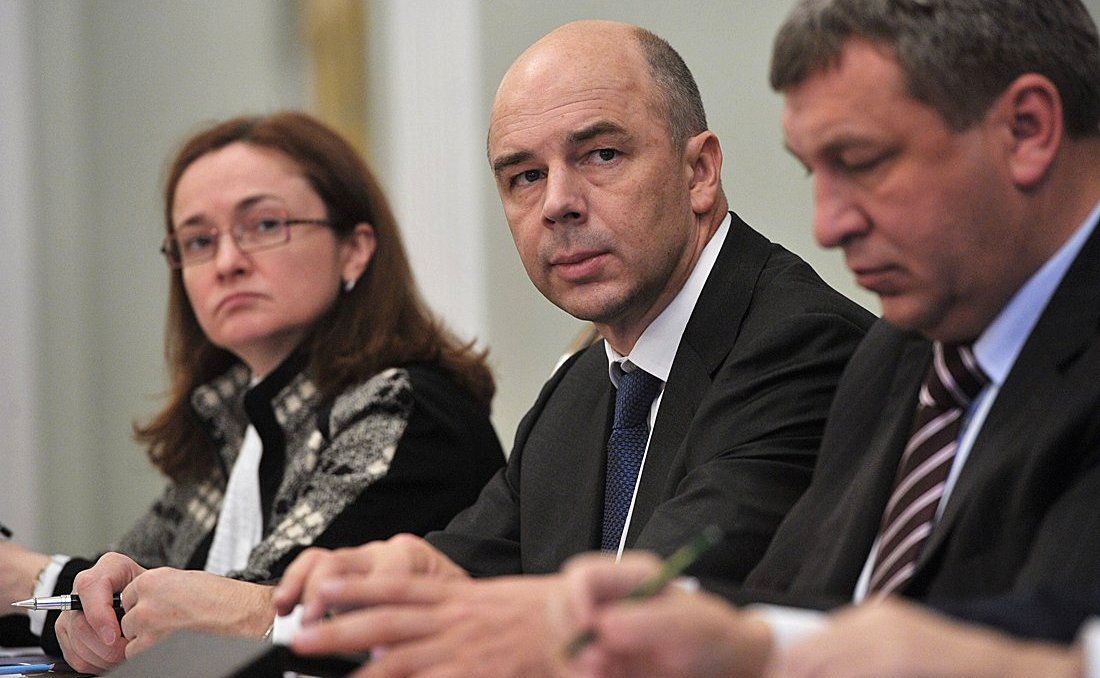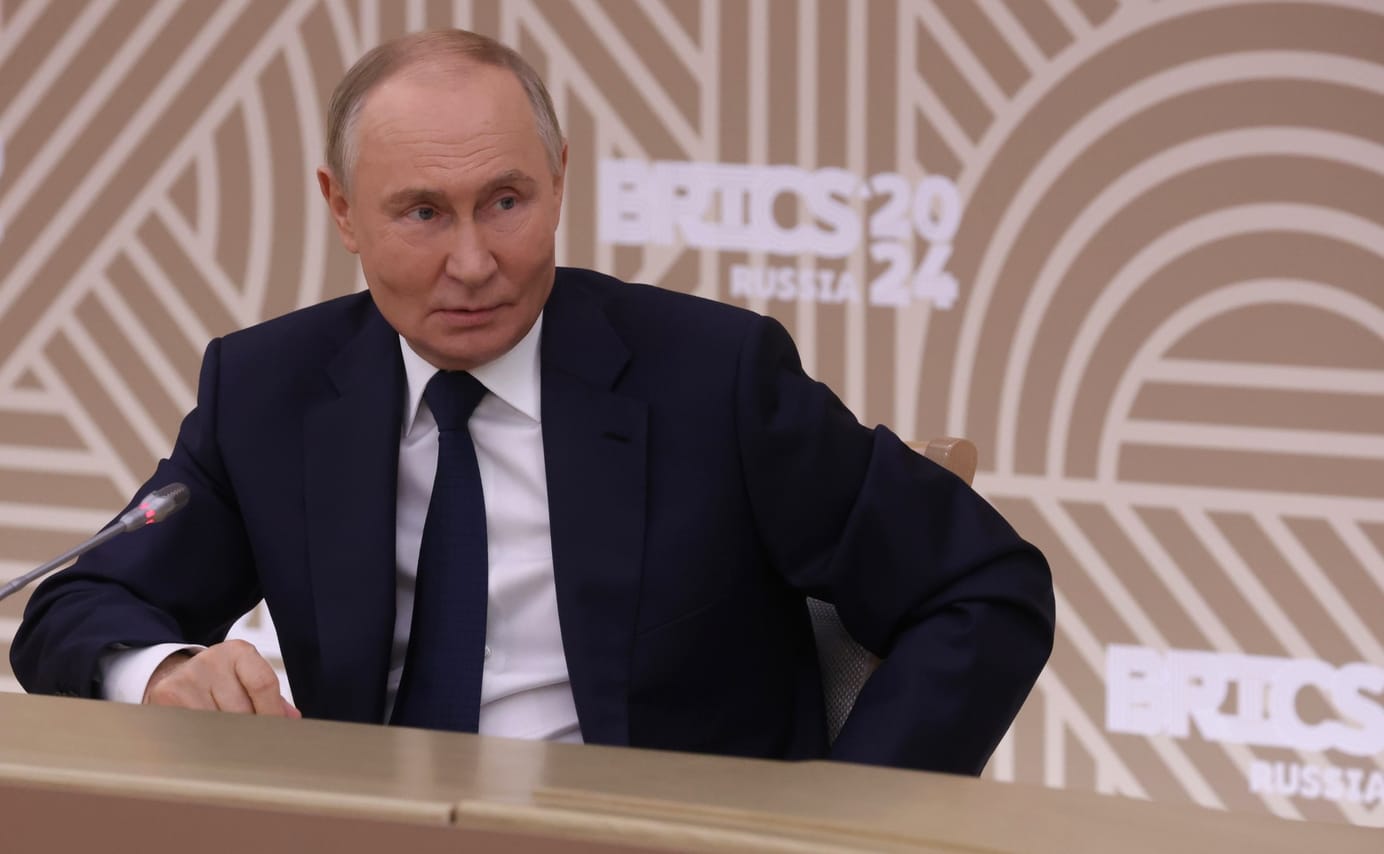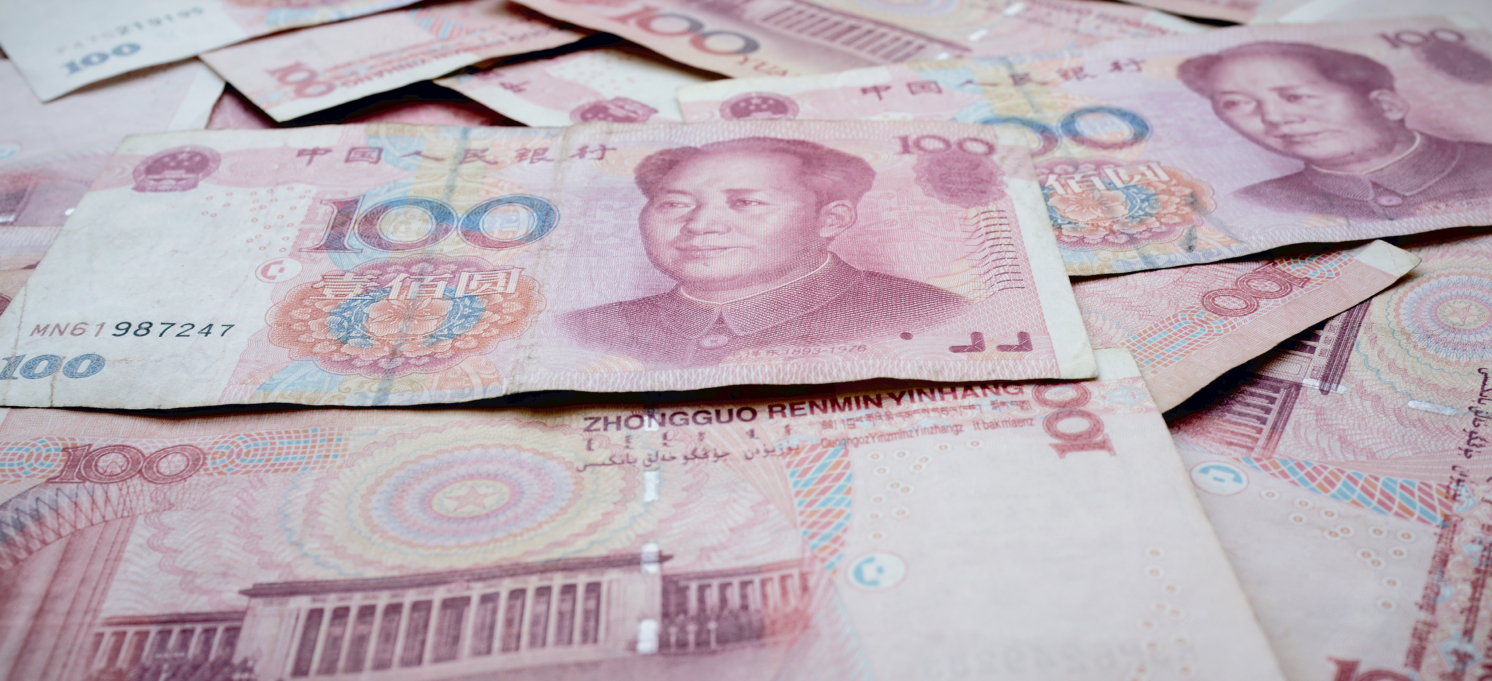
The ruble is a prisoner of Russian politics
Hello! This is your weekly guide to the Russian economy — brought to you by The Bell. Our main story is about how the Russian ruble this week slumped below 100 to the U.S. dollar, exposing an unusual level of indecision and lack of agreement among officials. Ironically, this all coincided with the 25th anniversary of Russia’s 1998 default.
A roller coaster on currency markets
Serious gyrations in the value of Russia’s currency began at the start of last month. Analysts initially said this was the result of the short-lived mutiny by Wagner leader Yevgeny Prigozhin, but the real reasons were more fundamental. The ruble continued to slide through July and August despite the Central Bank raising interest rates to 8.5% on July 21. In an Aug. 9 article published by state-controlled Izvestiya, a top Central Bank official even said explicitly that interest rates would rise further because of inflation expectations and corporate and retail debt. But this was not enough to slow the rube’s fall.
This week’s currency volatility began with another article — this time by Kremlin economic aide Maxim Oreshkin. Traditionally, Oreshkin has criticized the Central Bank for being too hawkish. But, in the article published by state-controlled news agency TASS, he reversed course and called for the Central Bank to strengthen the Russian currency. Insisting that a weak ruble is bad because it hinders the transformation of the economy, he blamed the Central Bank’s dovish monetary policy for the falling exchange rate and rising inflation.
In his text, Oreshkin cited figures that he claims prove that loans — both to business and consumers — have fuelled a surge in inflation. In other words, the Central Bank was too quick to cut interest rates. The Kremlin aide also drew attention to the fact that the current outstanding volume of loans (9.5 trillion rubles to business, 3.3 trillion to consumers) is significantly greater than the budget deficit which “since the start of the year is at just 1.5 trillion rubles.” However, Oreshkin did not mention the preferential loans available under government programs, such as 1.1 trillion rubles’ worth of discounted mortgages.
Previously, the Central Bank blamed the ruble’s slump on a combination of factors including increased budget spending, reduced raw material exports and increased imports. Between January and July, Russia’s current account surplus was $25.2 billion, compared with $165.4 billion for the equivalent period of 2022, the Central Bank reported last week.
Oreshkin’s article only accelerated the ruble’s decline. Later that day, the Central Bank announced it would hold an emergency meeting about interest rates (a month before the next scheduled rates meeting). But neither the announcement, nor the meeting itself that took place the following day and which led to a rate rise of 3.5 percentage points, appeared to help. The market, apparently, wanted to see capital controls — and felt let down.
The news of the emergency meeting sent the ruble to 95 against the U.S. dollar, but when the rate rise was announced it immediately dropped to 99 against the greenback.
In its explanation of its decision to raise rates, the Central Bank blamed the falling ruble and rising inflation on government policy that has pushed spending and discounted lending beyond the limits that the economy can tolerate.
“The increase in internal demand, which goes beyond any possibility of increased production, generates sustained inflationary pressure and affects the dynamics of the ruble exchange rate through an increased demand for imports,” the regulator said. “As a result, the knock-on effect of the falling ruble is increasing, as are inflationary expectations.”
A few hours later, as the ruble plummeted, the bank issued another press release which all but promised further rate rises to come. But this also had little impact.
Direct Intervention
It took so-called “manual controls” to calm the market. On Tuesday evening there were leaks about a planned meeting between Russian President Vlaimidr Putin and the financial authorities to discuss possible restrictions on the movement of capital. Details emerged on Wednesday. The authorities apparently decided against imposing tighter capital controls. But exporters voluntarily agreed to increase sales of foreign currency earnings. If these companies, mostly exporters of fertilizers, do not willingly “surrender” foreign currency, the authorities warned that they are prepared to enforce it by raising taxes.
To be fair, the authorities have reason to lean on exporters. According to many market participants, when the ruble is dropping, many companies prefer not to convert their foreign earnings to pay their ruble debts, but to take out relatively cheap ruble credit lines and wait for a more favorable exchange rate. This tactic actually adds to the pressure on the ruble.
The outcome of the Putin meeting calmed the market. When markets closed on Friday, the ruble was trading at about 94 to the U.S. dollar.
It’s all about politics
The lesson from this week’s events was that the Russian authorities’ main lever to manage exchange rates (a political issue as well as an economic one) remains direct intervention. Moreover, we saw a clear signal that the authorities will not put up with a U.S. dollar that costs 100 rubles. It’s entirely possible that rising interest rates and a reduction in spending will keep the ruble from any more significant falls. But that’s not a given.
Cutting spending as Russia’s wages its war in Ukraine is politically out of the question, especially with Putin facing a presidential election in March next year. It’s also politically difficult to curb rising imports with tax hikes given the importance of “gray” non-consumer imports to Russia’s sanctions-hit economy.
The ruble could be helped by a ban on the sale of the assets belonging to foreign companies exiting Russia. However, this will not be popular with the Finance Ministry, which gets tax revenues from those sales, nor the influential buyers of these discounted assets.
Interest rate hikes make it harder for the government to borrow on the domestic market to cover the budget deficit — and they run the risk of tipping Russia’s economy into recession. According to Bloomberg’s calculations, the interest rate hike this week means the chance of a recession in the next six months has increased from 6% to 21%.
We have seen emergency rate hikes before in Russia — for example, in 2014 after the collapse in oil prices, and in 2022 following the full-scale invasion of Ukraine. But on those occasions it was a panic response to a political-economic crisis. There was no such major trigger this week. In this context, it’s important to remember that liquidity on the currency market is extremely low after foreign traders left at the beginning of the war.
Another intriguing detail was the absence this week of the unified decision-making on such issues that we have come to expect from the Russian authorities. In 2014 and 2022, we saw far greater unanimity. Conspicuously, there was no major statement of confidence in the Central Bank and its head, Elvira Nabiullina, from Putin.
Why the world should care
For now, direct intervention and rate rises will likely be enough to keep the U.S. dollar rate just over 90 rubles. But nobody can say how long this will last. A public squabble about who is to blame, even without Putin getting involved, does nothing to encourage a sense that everything is under control. At the same time, the root causes of the weak ruble are obvious — state spending, preferential loans, labor shortages, and low market liquidity. All of these are a result of the war. While the fighting continues, market players will always need to be braced for instability. And, as usual, consumers will have to pay for it.
Key figures
- Between Aug. 8 and Aug. 14, weekly inflation accelerated sharply from 0.01% to 0.1%. At the same time, the annual inflation rate reached 4.66%. This increase is largely due to the knock-on effect of weakened ruble. The usual seasonal fall in fruit and vegetable prices was not able to compensate for price rises in other goods.
- The European Union’s gas reserves are already 89.9% full, according to the European Commission. Last year, the EU had filled its reserves to 90% by only Nov. 1 amid energy shortages following the start of the war in Ukraine.
Further reading
Russia’s War-Torn Economy Hits Its Speed Limit (WSJ)
Deterring Russia and Iran (Rand Corporation’s policy paper discusses possible future steps)



